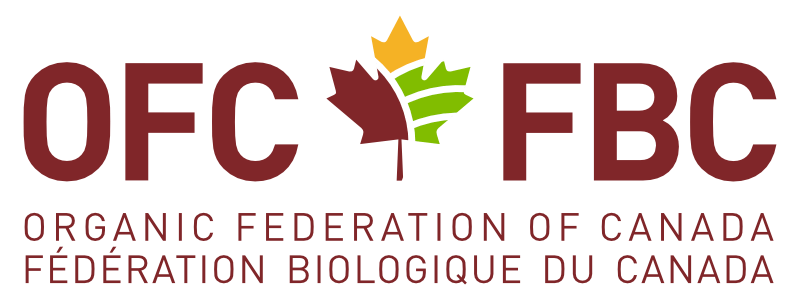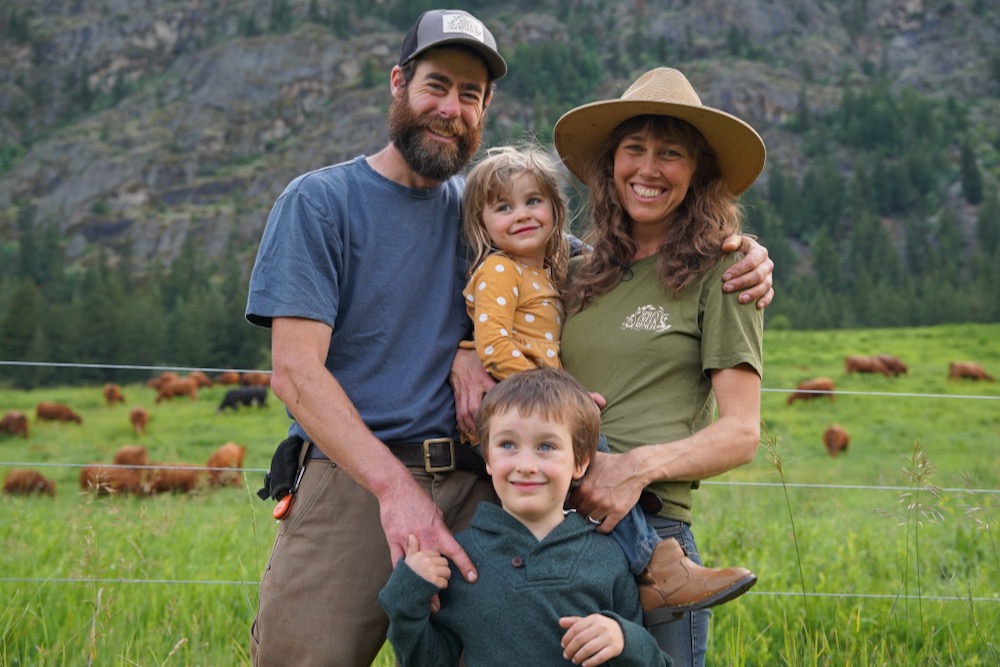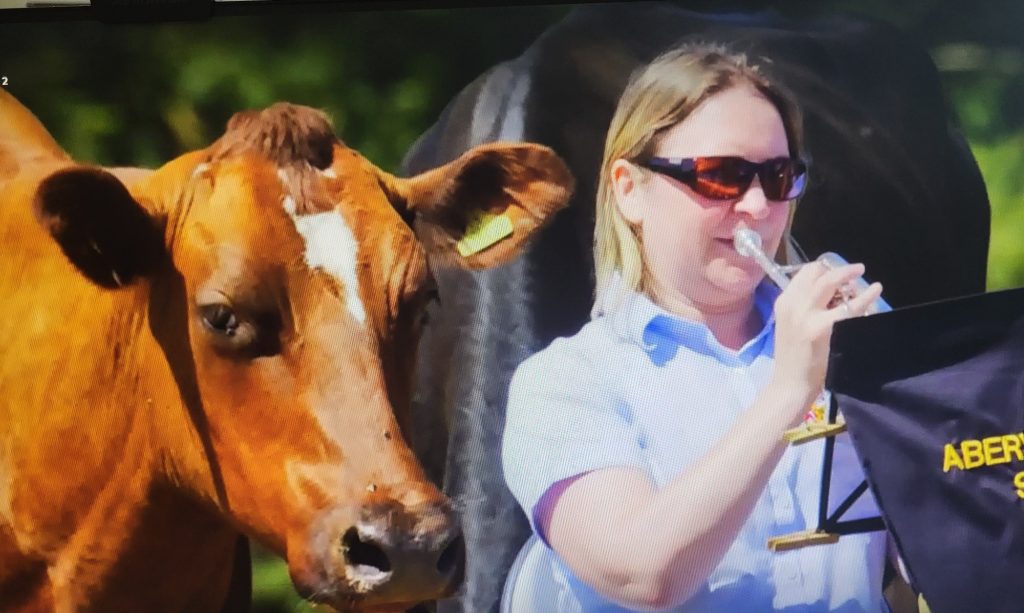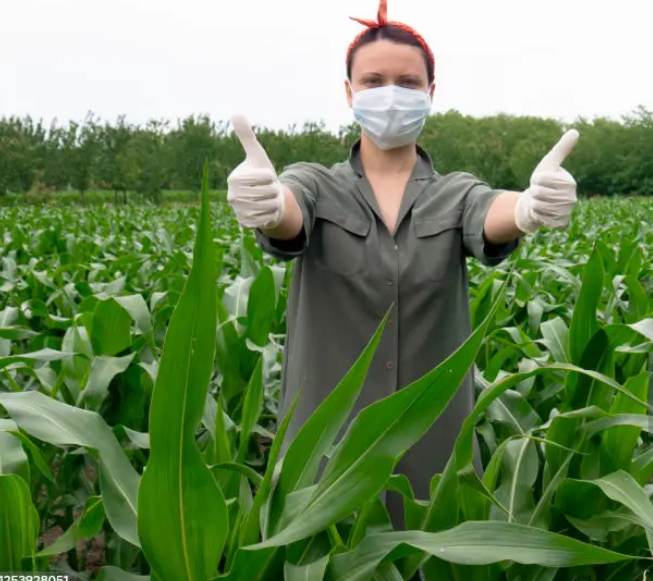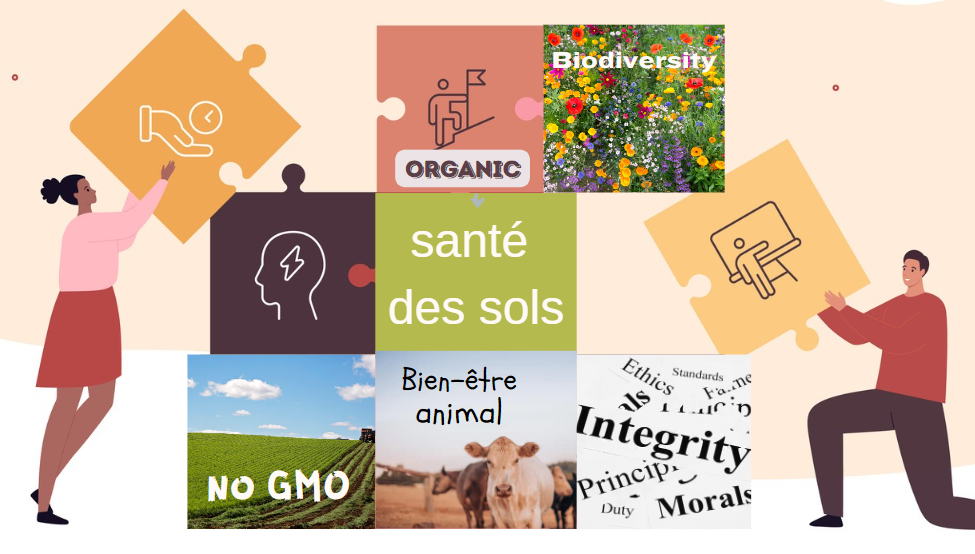The implementation of a revised standard always raises questions. For example, clause 6.13.5 of the Canadian Organic Standards (COS) defines the criteria for perches for poultry.
The use of perches contributes to animal health and welfare. According to the Code of practice for the care and handling of pullets and laying hens :
Access to perches during rearing has been shown to increase nest use and decrease cloacal cannibalism during lay. Hens that were reared with perches have stronger bones. The inclusion of perches during the rearing phase promotes bird activity, can help to develop bone strength, can assist with the birds’ ability to adapt when they are transferred to the laying barn, and can assist in reducing the number of floor eggs during the laying phase.
The requirements for roosting vary depending on the age of the birds and whether they are housed in a single or multi-tier rearing housing system, with the floor being considered a level.
For chicks
Clause 6.13.5 (a) of the 2020 COS requires that layer chicks have access to a perch from the first weeks of life.
In single-tier systems
The Code of Practice does not make any recommendations for chicks housed in single-tier systems. However, it does state that “Depending on perch height, chicks begin perching at around 7 to 10 days of age, and the amount of time spent perching steadily increases over time. Pullets are more likely to use perches if they are introduced to them at an early age.”
Neither the COS nor the Code of Practice prescribe specific requirements for the amount of perch space per chick.
In multi-tier systems
The Code of Practice complements the COS and its requirements must be followed by organic poultry producers (6.13.5 Note). For multi-tier systems, clause 1.1.6 of the Code states that:
Perches must be provided to chicks reared in multi-tier systems from 1 day of age. Terraces and/or elevated perches at varying heights must be provided from no later than 8 weeks of age in multi-tier rearing systems.
The Code of Practice does not make any recommendations for chicks housed in single-tier systems. However, it does state that “, Depending on perch height, chicks begin perching at around 7 to 10 days of age, and the amount of time spent perching steadily increases over time. Pullets are more likely to use perches if they are introduced to them at an early age.
Reminder – Glossary of the Code of practice
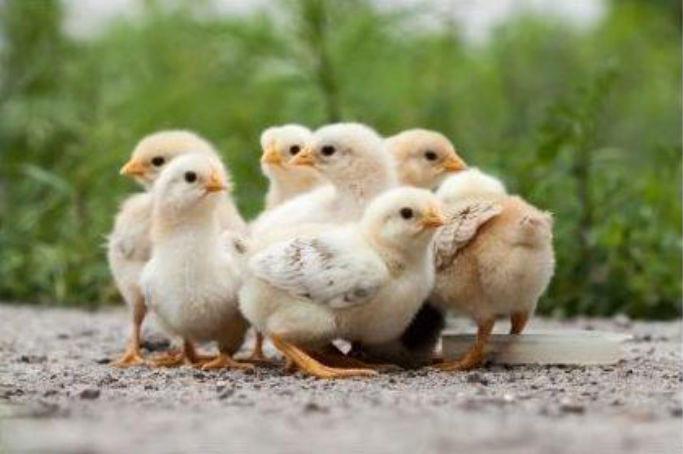
Chick: A young bird from the time of hatch up until the point it is fully feathered, which is usually between 14 to 21 days of age.

Pullet: A young female domestic fowl from the point it is fully feathered and that has not yet reached sexual maturity (i.e. begun to lay eggs).
For pullets
During the pullet rearing phase, subclause 6.13.5 b) of the COS requires that adequate perch space shall be appropriate for the final production system and accessible at all times and at varying heights.
The “final production system” as defined by the number of levels.
In single-tier systems
The COS requires that perches be provided, but they do not need to be different heights and no perch space is prescribed.
The Code recommends providing pullets with perches that are destined for single-tier laying systems.
Neither the COS nor the Code of Practice specifies the required perch space.
In multi-tier systems
For layers in a multi-tier system, the COS require to provide perches at different heights at all times. The Code states that:
Access to perches and more complex environments (e.g. ramps, ladders, elevated terraces) during rearing is critical for birds destined for non-cage multi-tier systems, because feed and water is provided on elevated tiers.
According to the Code, it is therefore important to raise pullets with access to perches of various heights (even if the pullets are in a single-tier system) if they will be housed in multi-tier systems during the laying phase. The goal is to have pullets learn to use perches at an early age to minimize disruption when they are moved into a multi-tier layer barn.
Neither the COS nor the Code of Practice specifies the required perch space.
The clause of the Canadian Organic Standards governing the use of perches
6.13.5 Perches shall meet the following criteria:
a) In the first weeks of life, layer chicks shall have continuous access to perch space.
b) During the pullet rearing phase, adequate perch space shall be appropriate for the final production system and accessible at all times and at varying heights.
c) Laying hens shall have a minimum of 15 cm (5.9 in.) perch space per hen, accessible at all times and at varying heights.
d) Perches for laying hens shall be purpose-designed, such as alighting (landing) rails in aviaries, which allow birds to wrap their toes around the rail. Feed and water trough edges, slatted floors and ladder rungs are not considered purpose-designed perching objects, but may be used to provide additional perch space beyond what is required in 6.13.5 a), b) and c).
e) Perches shall be a minimum diameter or width of 1.9 cm (0.75 in.).
f) Other poultry are exempt from 6.13.5 a), b), c), d) and e).
NOTE Producers are advised to review the Code of Practice for the Care and Handling of Pullets and Laying Hens (see 2.4) to ensure they meet additional perch requirements for both pullets and adult layers contained therein.
Health Canada Consultation on New Guidance for Genetically Modified Foods
Canada’s organic industry to submit opposition by May 24
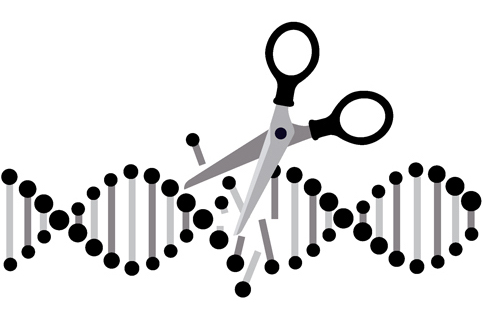
Gene editing has become increasingly popular since the discovery of CRISPR-Cas9, the genetic scissors that can modify the genome of a cell. The simplicity of this process makes it easier for scientists to find genetic solutions to all the world’s ills, and agriculture is no exception.
In response to the increase in genetic engineering (GE), particularly gene editing, Health Canada is launching a consultation to clarify and simplify the regulatory burden currently associated with the regulation of so-called “novel foods” derived from plants modified through genetic engineering.
Should Health Canada assess the safety of all food derived from a plant that has undergone “minor” genetic modification? How can the requirements of consumers who may be unknowingly consuming foods modified through genetic engineering be met?
Clause 1.4 of the Canadian Organic Standard (COS) prohibits all genetically engineered products; the standard’s definition of genetic engineering includes “genome/gene editing techniques, such as but not limited to CRISPR, that replace one DNA sequence with another, transposes, deletes or adds a gene sequence or a part of gene sequence…”.
In order for the Canadian organic industry to be adequately informed about the nature of the plants from which Canadian food is derived, and to ensure that Clause 1.4 of the COS is respected and enforceable, the Organic Federation of Canada (OFC) recommends that all genetically modified plants be considered “novel foods” and subject to Health Canada’s regulations governing the marketing of these foods.
The OFC supports the position developed by CBAN and Vigilance OGM:
Health Canada should regulate all genetically modified foods, including those produced through genome modification techniques. Health Canada should retain regulatory authority over all genetically engineered products.
Health Canada should mandate the labelling of all genetically modified foods, including those produced by newer genome modification techniques, in order to provide Canadians with accurate and up-to-date information about genetically modified foods on the market.
To submit your opinion, CBAN has provided the following documentation:
- We are still encouraging people to send their own, personalized comments but we have a new email action posted at www.cban.ca/NoExemptions for people to send an instant email to Health Canada
- Please consider sharing today’s newsletter from https://cban.ca/?na=view&id=202
- A summary of our analysis is posted at www.cban.ca/CBANCommentSummary
- CBAN’s comments submitted to Health Canada are posted at www.cban.ca/NoExemptions/CBANComment
Today’s press release is: “Civil society coalition raises alarm over safety and transparency as Health Canada proposes to abandon oversight of some new GMOs from gene editing” posted at https://cban.ca/civil-society-coalition-raises-alarm-over-safety-and-transparency-as-health-canada-proposes-to-abandon-oversight-of-some-new-gmos-from-gene-editing/


